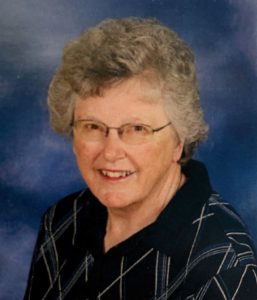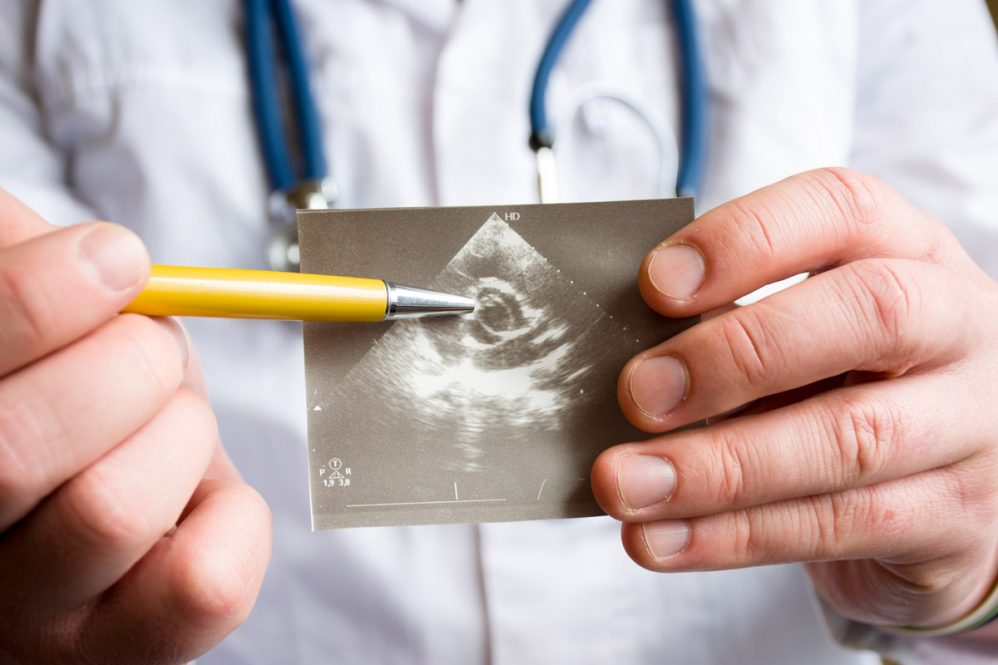Aortic stenosis, the narrowing of the heart’s aortic valve, is common in older adults. In fact, it affects more than 20% of those over the age of 65.
This narrowing occurs as we age when calcium builds up around the aortic valve’s opening which restricts proper blood flow to the rest of the body.
“If left untreated, aortic stenosis can be really dangerous,” says Dr. Peter Schulman of the UConn Health Calhoun Cardiology Center. “If undiagnosed it can lead to heart failure or even be fatal. Older adults, and their family members, need to be aware of the possible warning signs.”
The main symptoms of aortic stenosis are:
- Fatigue
- Shortness of breath
- Chest pain
- Rapid fluttering heartbeat
- Trouble walking short distances
- Reduced routine activity level
- Fainting and lightheadedness
Linea (Lin) Erickson, 79, of Collinsville is one of the many patients Schulman and heart experts at the Calhoun Cardiology Center have been able to help to pinpoint their troublesome symptoms to help make a rapid diagnosis of the condition.

“Lin was having severe limitations due to severe aortic stenosis,” says Schulman, her cardiologist at UConn Health.
“For a long time I was getting a little breathless when I exerted myself,” says Erickson. “I felt weaker and not feeling up to doing things.”
She thought it may be her lungs as she never had an issue with her heart. But in the end it turned out to be her heart’s aortic valve.
Erickson is very happy her heart condition was caught and diagnosed before it progressed to a dangerous level.
“Dr. Schulman is a joy! He would always call to check on me. He was on top of my condition the whole way. I can’t say enough about him. He’s great. He got me through this,” says Erickson. “When I was told about my aortic stenosis I thought ‘it’s not my heart. It’s my lungs’. But then I realized everything works together.”
Her aortic valve was one-quarter inch of what normalcy would be an echocardiogram test showed.
“You’ll know when it’s time to have something done,” Schulman informed her.
This past summer she realized it was finally time, as her aortic stenosis symptoms were progressing faster than expected.
“I was listless. I couldn’t do the things I used to do,” says Erickson who cares for her five acre property herself.
“I wasn’t able to get on the tractor,” says Erickson. “I kept telling myself I will do it tomorrow. But tomorrow came and I still didn’t have the energy to do it.”
She adds: “I wasn’t able to breathe very well, and it felt like my whole body was shutting down.”
Erickson had a minimally invasive TAVR procedure at another hospital as UConn Health will be launching its new TAVR program soon. UConn Health’s TAVR program will combine the expertise of Dr. Chittoor B. Sai Sudhakar, the new chief of cardiothoracic surgery who has significant experience in the field of TAVR over the last 12 years, and Dr. JuYong Lee who serves as director of vascular medicine, endovascular medicine and the non-invasive vascular laboratory. Together, these experts are currently laying the foundations for the TAVR program at UConn Health and plan on starting the program shortly.
“I woke up and I could breathe. That is such a wonderful thing,” says Erickson about the aortic stenosis procedure.
“I am doing quite well. Little by little things are getting better.”
Erickson is happily looking forward to the end of winter and green grass.
“I hope to be on my tractor this spring!”
Her strong recommendation to others: “If you have shortness of breath talk to your doctor. If you don’t feel good, don’t hesitate to see a cardiologist. Don’t question – just go!”



